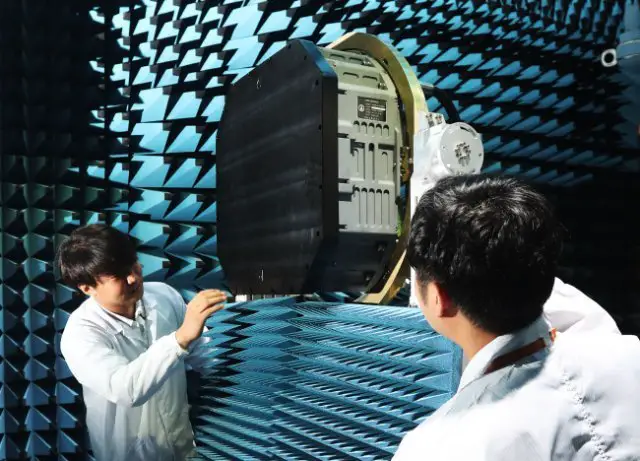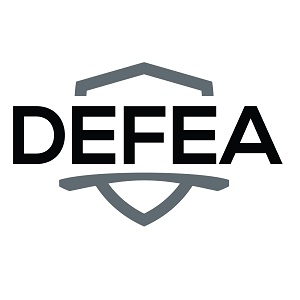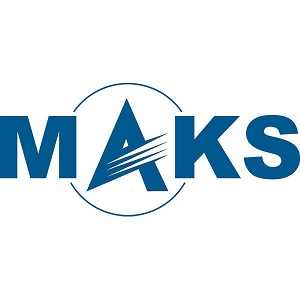| a | |||
|
World Aviation Defense & Security News - Saab
|
|||
|
|
|||
|
Saab joins South Korea's AESA radar development effort
|
|||
|
Saab has received an order for support of algorithm development and evaluation for airborne AESA fighter radar. The radar development programme is led by the Korean Agency for Defence Development (ADD) and Saab will work in cooperation with ADD and its contractual partner LIG Nex1. The order value is MSEK 125 (US$15.2M), the Swedish company said on December 22, 2017.
|
|||
|
|
|||
 DAPA's prototype of AESA radar for South Korea's KF-X fighter jet project DAPA's prototype of AESA radar for South Korea's KF-X fighter jet project(Credit: DAPA) |
|||
|
|
|||
|
The Republic of Korea has a long-term ambition to develop a domestic fighter aircraft, including relevant avionic equipment such as AESA radar. For Saab, the present contract is an important milestone, and shows that Saab is an important partner in the longer term for Republic of Korean authorities and industry.
“Republic of Korea is a valued partner and we are proud to be part of the airborne AESA radar development program. This further proves our position as the leading provider and partner to develop the latest fighter aircraft technology and sub systems”, says Anders Carp, head of Saab’s business area Surveillance. “One of our objectives is to partner with Republic of Korean industry and government to support the development of a domestic fighter”. This contract most probably concerns South Korea's ongoing next-generation fighter jet development program (KF-X). South Korea’s Defense Acquisition Program Administration (DAPA) on July 2017 unveiled a prototype of an advanced radar for its homegrown fighter jet project, demonstrating the radar’s initial capabilities amid the military’s efforts to complete the development of the fighter jets by 2026. According to the DAPA, AESA will be flight-tested on a prototype fighter jet for the KF-X, whose development is scheduled to be finished in 2026. The fight test will take place in 2022, DAPA added. The 18.1 trillion won ($15.7 billion) KF-X project seeks to produce 120 fighter jets with domestic technology and deploy them at the South Korean Air Force by 2032. They will replace the older F-4 and F-5 jets currently in service. South Korea had decided to develop its own AESA radar system after the US rejected its request to transfer core technologies to be applied to the KF-X jets in 2015. The technologies included the AESA radar, radio frequency jammer, electronic optics targeting pod, and infrared search and track system. But the controversy persists whether South Korea would manage to develop AESA without the help of overseas contractors. DAPA signed a 400 billion won deal with Israeli contractor Elta Systems for technical supports on the radar’s transmitting and receiving devices and among others. DAPA reiterated that although it would receive “technical supports” from overseas contractors, AESA’s hardware and software -- such as algorithms for missile detection capabilities and radar-evading system -- would be developed on its own. |
|||






















